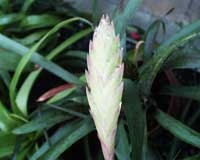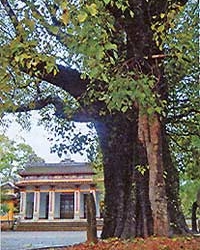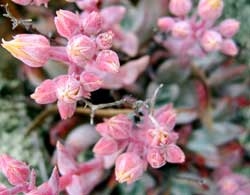Recent studies have revealed that some carnivorous plant species have evolved to consume animal dung, a more nutritious diet.
The tropical pitcher plant of the genus Nepenthes is a carnivorous plant with large tubes filled with liquid that it uses to trap various prey, including insects like ants, spiders, and scorpions, as well as occasionally larger creatures like frogs or small rodents. The animal diet provides these plants with additional nutrients—primarily nitrogen, as well as phosphorus and carbon—helping them thrive in nutrient-poor soils.
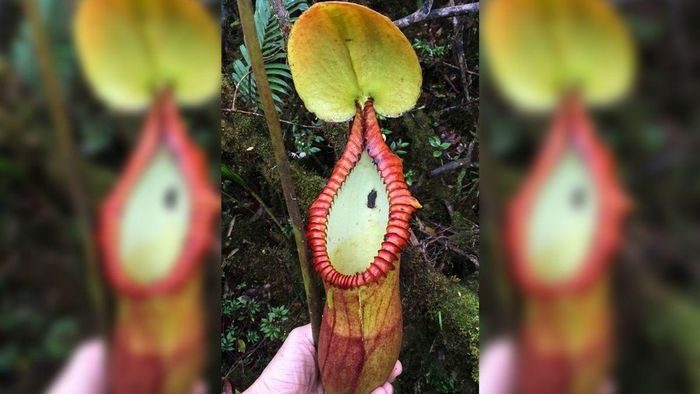
Nepenthes macrophylla with animal dung trapped next to its tubular trap.
However, a small group of pitcher plants residing on Borneo Island in Malaysia has taken this to the next level by developing the ability to consume animal dung. This dietary shift was first identified in 2009 when a study published in the journal Biology Letters revealed that the montane pitcher plant (Nepenthes lowii) frequently consumes dung left by the tree shrew (Tupaia montana).
Subsequent studies found that pitcher plants can also consume dung from rodents, birds, and bats. However, until now, no one has compared how a dung-based diet’s nutritional value stacks up against the insect-rich diets of other Nepenthes species.
In a study published on October 28, 2022, in the journal Annals of Botany, researchers compared tissue samples from six dung-eating Nepenthes species and four hybrids from the mountainous regions of Borneo with carnivorous plants living at lower elevations.
Co-author Alastair Robinson, a botanist at the Royal Botanic Gardens Victoria in Australia, stated in a January 20 announcement: “We found that the nitrogen absorption capacity in dung-absorbing species is twice that of other Nepenthes species.”
Bird droppings provide slightly less nitrogen to the plants but are still more nutritious than a strictly carnivorous diet, he added.
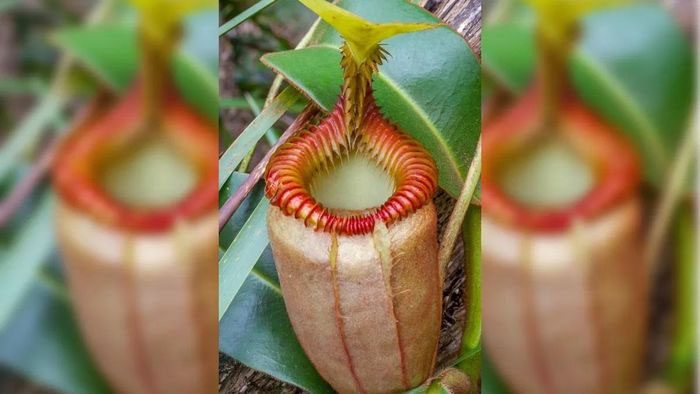
Carnivorous plants.
Carnivorous pitcher plants use fragrant nectar to attract potential prey, which then falls into the tubular trap after slipping on the plant’s smooth surface. Dung-eating versions also attract animals with sugary syrup, but instead of deceiving their targets, these plants allow animals to consume the nectar. As these animals take their time enjoying the sweet treat, they often defecate directly into the pitcher’s tube.
The researchers noted in their paper that the evolutionary shift from trap to toilet may have been triggered due to the scarcity of insects at higher elevations.
Robinson explained: “Insect prey is scarce at tropical mountain tops above 2,200 meters, so these plants maximize their nutritional gains by collecting and retaining less common, higher-value nitrogen sources like animal dung.”
The research team concluded that the higher the elevation at which the pitcher plants grow, the more selective they must be in their diets to obtain the necessary nutrients.








































